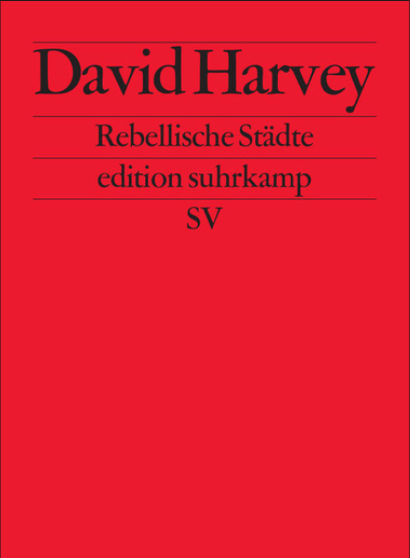
David Harvey, Rebel Cities
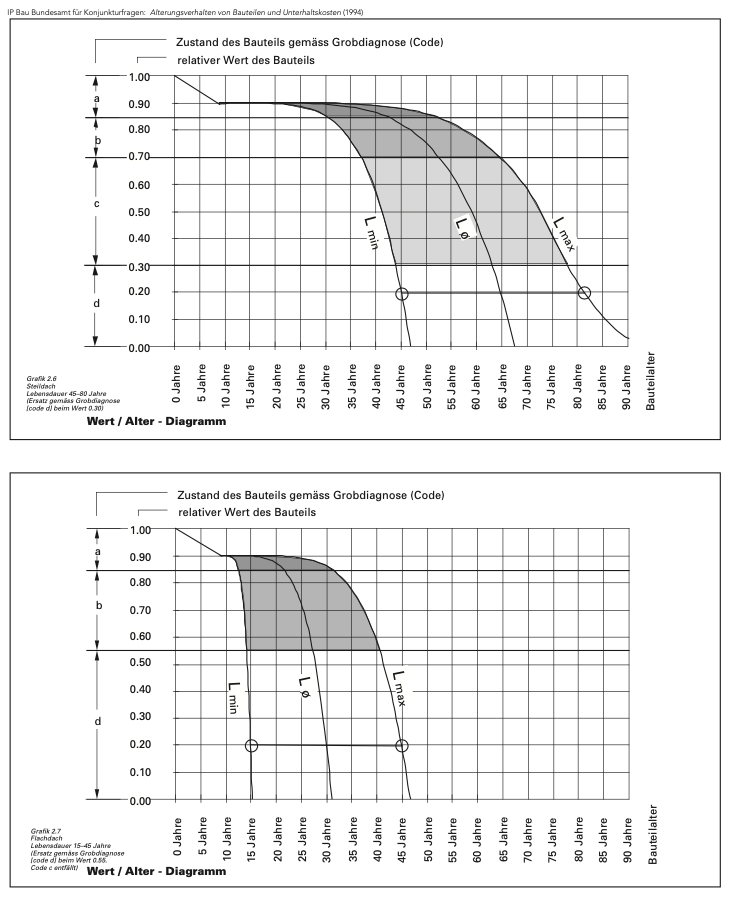
Lifespan of roof constructions
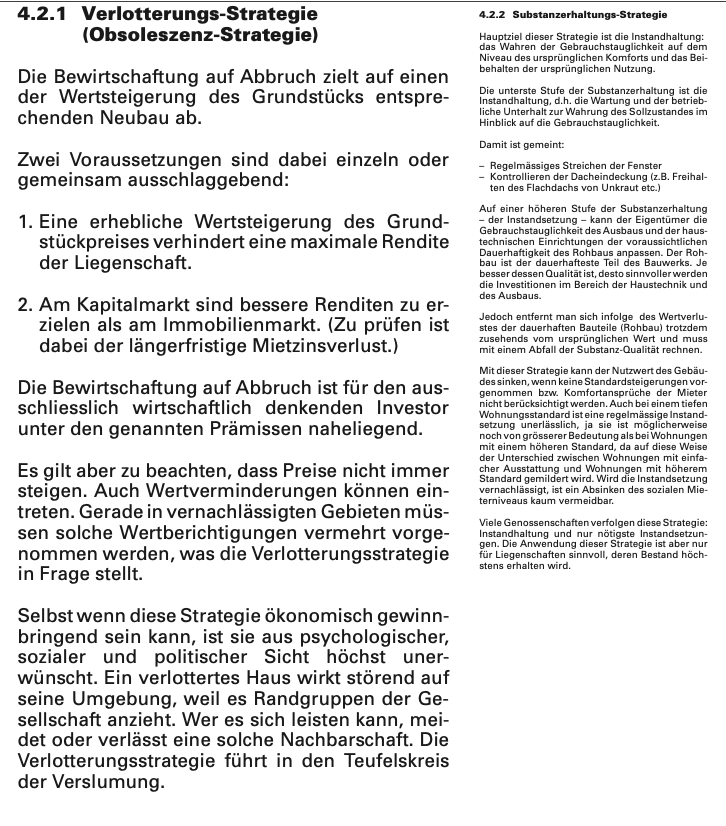
Obsolescence as a strategy
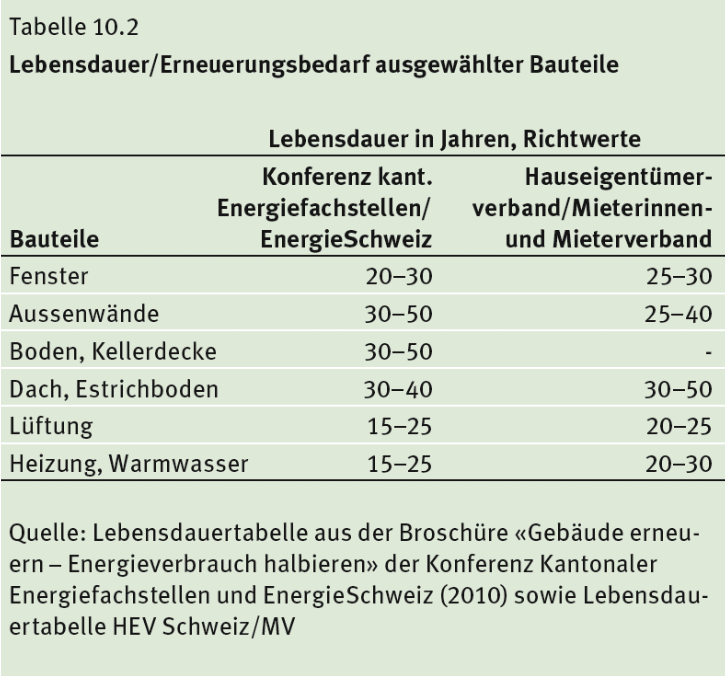
Lifespann as a matter of perspective
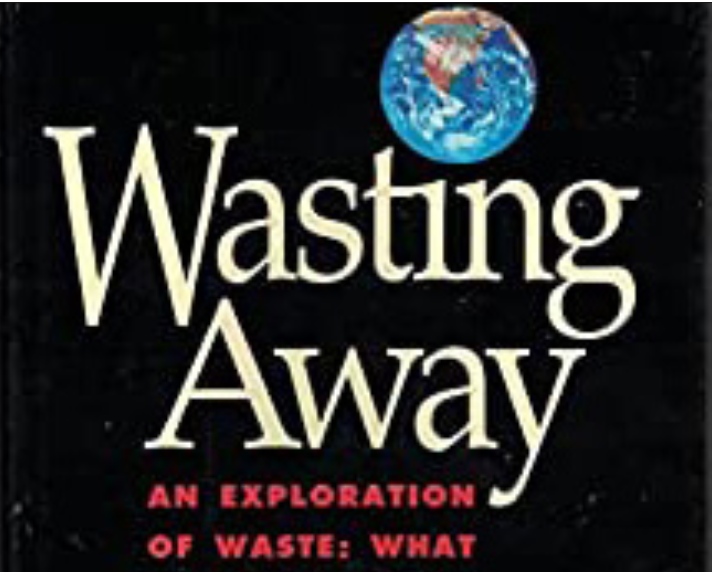
Wasting away by Kevin Lynch
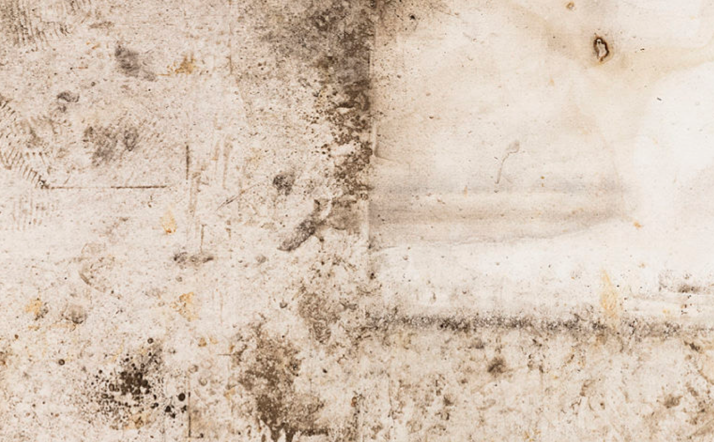
Patina by Karin Sander
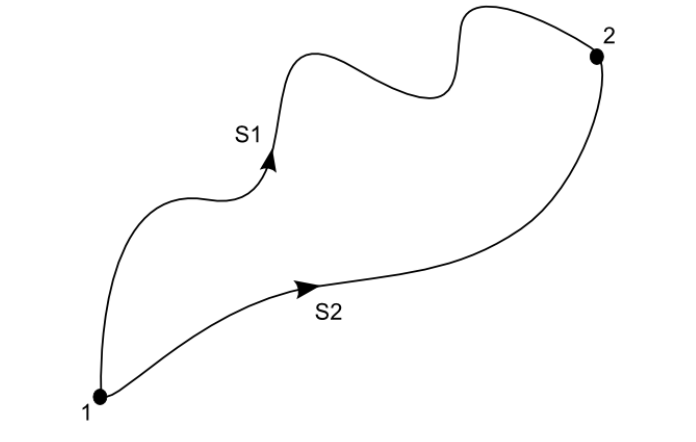
Energy Cycles
From an historic point of view, urban development has always been closely related to surplus capital investment and material transformation. From Hausmann’s Paris to Robert Moses’ New York, every urban vision created a new way of living, from the flaneur to the suburban family.
With a new lifestyle, new sets of objects and spaces emerged, resulting in a high material turnover. This development might give an answer to the decreasing life expectation of buildings throughout the last centuries. Economic progress demands for development of new products and their distribution – hence the replacement of the old. The poor life expectancy of flat roofs might be no coincidence.
In guidebooks for house owners, one can find several strategies to deal with aged properties. While most of them aim to secure the value of the estate and prolong the life of a building, one of them actively pursues obsolescence. By not maintaining their property on purpose, they aim to accelerate the speed of deterioration to prepare for an upcoming new construction. This strategy uses the predominant conception of decline as tool to pursue new development, more specifically the possibility for new investment.Dependent on your interest, as an investor, a planer or a tenant, you expect something to last for different amount of time. It appears to be, that the lifespan of an object is a matter of perspective.
The afterlife of matter, commonly referred to as waste, is similarly dependent on our perspective. But if we once agree, that something is stated out of place, matter turns into waste. Waste as a concept transforms material not physically but just the way we perceive it. It frees the object from its purpose and declares it to be unwanted. In the contrary to patina, which is commonly appreciated as a sign of time and value, the aesthetic quality of waste has yet to be explored. Bricolage as a method, as it is described by Claude Levi Strauss, might give answer to the aesthetic potential of waste. In addition, the relatively recent approach of circularity aims to close the linear flow of materials into a circle, where objects can be “recycled”. Materials are thought of as transient, going through different states of use and function. Circularity pretends to avoid the sacrifice of material, while admittingly knowing that our resources are finite.
What potential would lie in the aesthetic quality of buildings as waste? How could this observation lead to a different attitude towards urban development, in contrary to Hausmann and Moses?